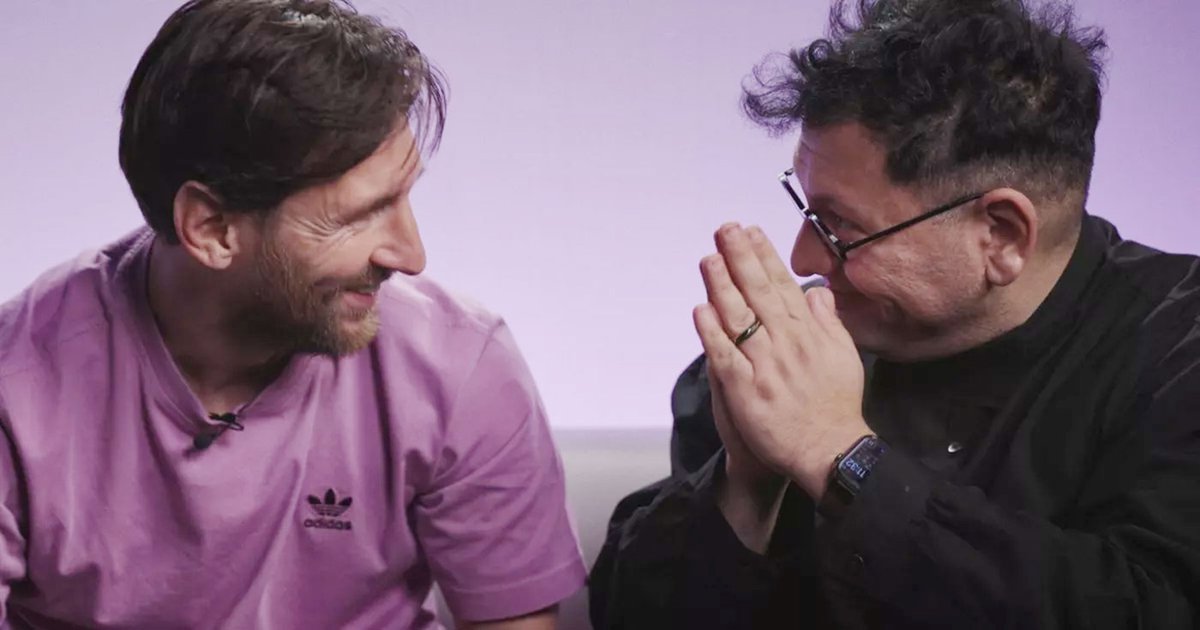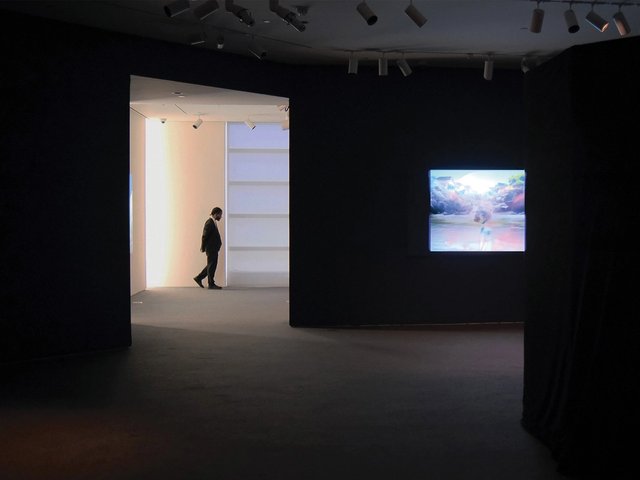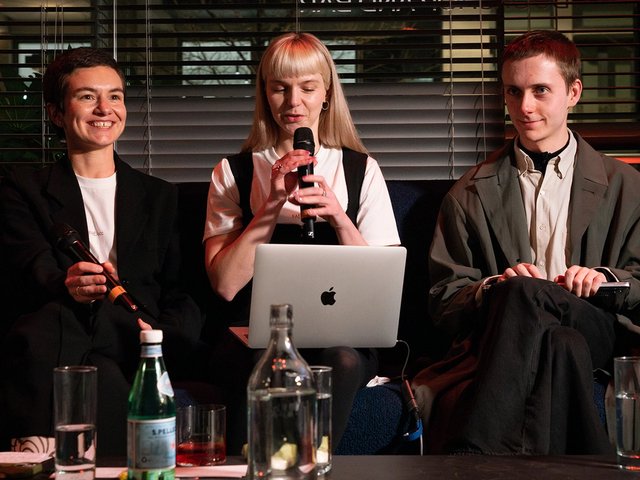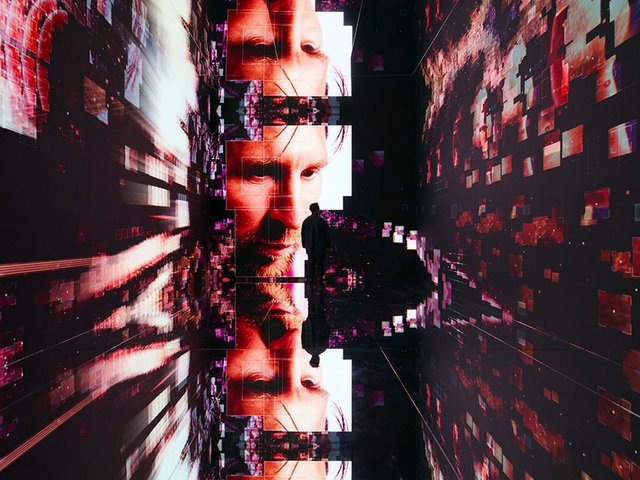The legendary footballer Lionel Messi has for the first time revealed his favourite goal, from the 860 he has scored in a stellar two-decade career, as part of an artistic collaboration with the celebrated media artist Refik Anadol in aid of global educational charities.
Messi today announced that his personal choice— from international games for Argentina and club matches for FC Barcelona, Paris St Germain and his present team Inter Miami—is a goal scored on 27 May 2009 for Barcelona against Manchester United. The goal virtually sealed the UEFA Champions League final in Barcelona's favour, crowning one of the most extraordinary seasons in modern football. The goal and the win contributed to Messi being regularly ranked—with Pele, Diego Maradona and Cristiano Ronaldo—as one of the greatest players of all time.
Anadol will now turn the chosen goal into an AI-powered data sculpture, signed by artist and footballer, which will be open to online auction bids at Christie's New York from 11 June to 25 July. Proceeds from the sale will benefit A Goal in Life, a global partnership between the non-profits the Inter Miami CF Foundation and Unicef to support access to quality education programmes for children in five countries across Latin America and the Caribbean.
Anadol, who has won a global reputation over the past five years for his AI-powered sculptures based on ethically sourced data sets, will draw on millions of pieces of information associated with the goal, using data with Messi's permission. The artist and art collector Ximena Caminos, former artistic director of the Faena art district and founder of the ReefLine, a seven-mile-long underwater public sculpture park off Miami Beach—will serve as artistic director of the project. Creative direction will be provided by the UX specialist Xavier Roca.
“Choosing just one goal out of them all is very difficult—each one is special in its own way, and some are really important or bring back incredible memories," Messi said in a press statement. "But highlighting one as a favourite for the first time, to make this unique project possible is worth it. There's a strong purpose behind it, and I'm really happy to be part of it."
“Messi and the Inter Miami CF Foundation were looking to do a beautiful philanthropic work,” Anadol tells The Art Newspaper. “So he donated his best memory … to create his best memory data, his best memory emotions” to turn into a work of art. “We met a couple of months ago,” Anadol says, and had a “beautiful conversation”.
“So I guess,” Anadol says, “Messi and his team were inspired by our work, how we support communities [including the Yawanawa people in the Brazilian rainforest], how we create innovation with technology.”
Messi, Anadol says, is sharing the "most precious moment in his journey, and we will be applying some cutting-edge algorithms—with his permission. We always do." The artist's recent data sculptures have derived from collaboration with the world's leading natural history collections (the large nature model first shown at the World Economic Forum, Davos and Anadol's solo show at Serpentine Galleries in 2024); with the practice archives of the architect Frank Gehry (Living Architecture: Gehry at the Guggenheim Bilbao). In each case the Anadol Studio, founded by Anadol and his wife and collaborator Efsun Erkeliç, takes great pains to source all data for training an AI model with the originator's full permission, and to show the process used in building that model.
Anadol said that he and his studio had experimented with AI portraits in 2024 when they created Inner Portrait, in collaboration with Turkish Airlines, where four people who had never travelled in their life visited their dream locations and Anadol built AI portraits from data gathered during their voyages of disovery. The subjects included Tuikuru, an indigenous man from the Yawanawa tribe, who visited Tokyo as part of the project. Anadol and his team captured Tuikuru’s brain activity as he enjoyed the sensory overload of life in the Japanese capital and used it to build an art piece that contrasts his tranquil home life with the electrifying pace of Tokyo street life.





